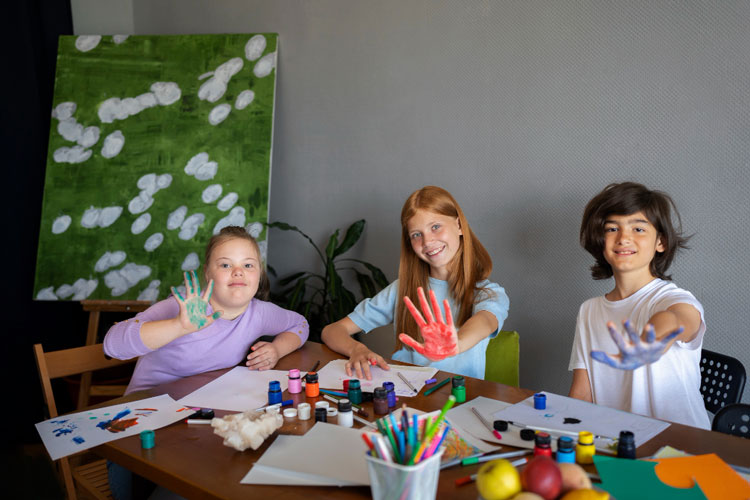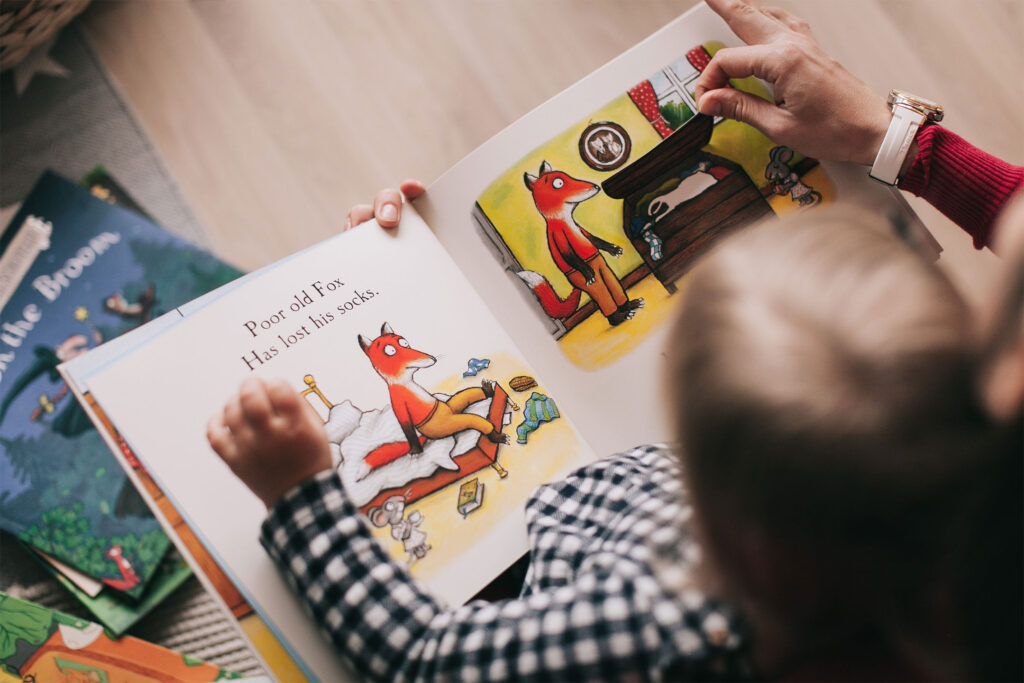Storytelling is more than just a fun activity; it’s a transformative educational tool that can significantly impact the development of young learners. For children aged 5-7, storytelling goes beyond entertainment— it plays a crucial role in their cognitive, emotional, and social development. At this stage, kids are developing foundational skills that will shape their future learning experiences. Here are the key reasons why storytelling in education is a must for young learners:
Boosts Classroom Engagement and Focus
Maintaining the attention of young children can be challenging, but storytelling is a proven method to captivate their imagination. By using engaging characters and vibrant plots, teachers can hold the attention of 5-7-year-olds, making lessons more immersive and fun. This leads to higher levels of classroom engagement, ensuring students remain focused on the material being presented.
Encourages Critical Thinking and Problem-Solving
Stories introduce young learners to problems and dilemmas, helping them develop their critical thinking and problem-solving skills. Asking children to predict what might happen next or how a character could solve a challenge encourages them to think logically and creatively. This process not only improves cognitive skills but also helps children apply these skills to real-life situations.
Builds Emotional Growth and Empathy
Through storytelling, children can relate to the emotions of characters, whether it’s joy, sadness, or fear. This emotional connection fosters empathy as students learn to understand and share the feelings of others. In a classroom setting, stories provide an excellent opportunity for teachers to discuss emotions and encourage emotional intelligence in young learners.
How to Effectively Embed Storytelling in The Classroom
Embedding storytelling in the classroom can be both simple and impactful. Here are a few suggested storytelling techniques for engaging children :
- Start Lessons with a Story: Begin lessons by reading a relevant book or short story that introduces or connects to the topic. This creates an interactive and engaging transition into the subject matter, making the lesson more relatable and memorable for young learners.
- Lunchtime Reading: Dedicate 5-10 minutes of lunchtime to read a story book to students. This not only provides a relaxing break but also helps maintain their focus and interest in learning throughout the day.
- Students’ Story Sharing: Storytelling doesn’t always have to come from a book. Encourage students to share their own stories with the class each morning before the bell goes. This promotes social interaction, builds confidence, and helps students develop their verbal communication skills.
By applying these techniques, storytelling can be seamlessly integrated into the daily routine, making learning more interactive, enjoyable, and effective for young children.
Looking for the perfect book to captivate your classroom through storytelling? Explore our Book Hub, featuring a handpicked selection of books aligned with the Australian Curriculum. Uncover engaging stories that will inspire your students and transform your teaching!













Leave a Reply